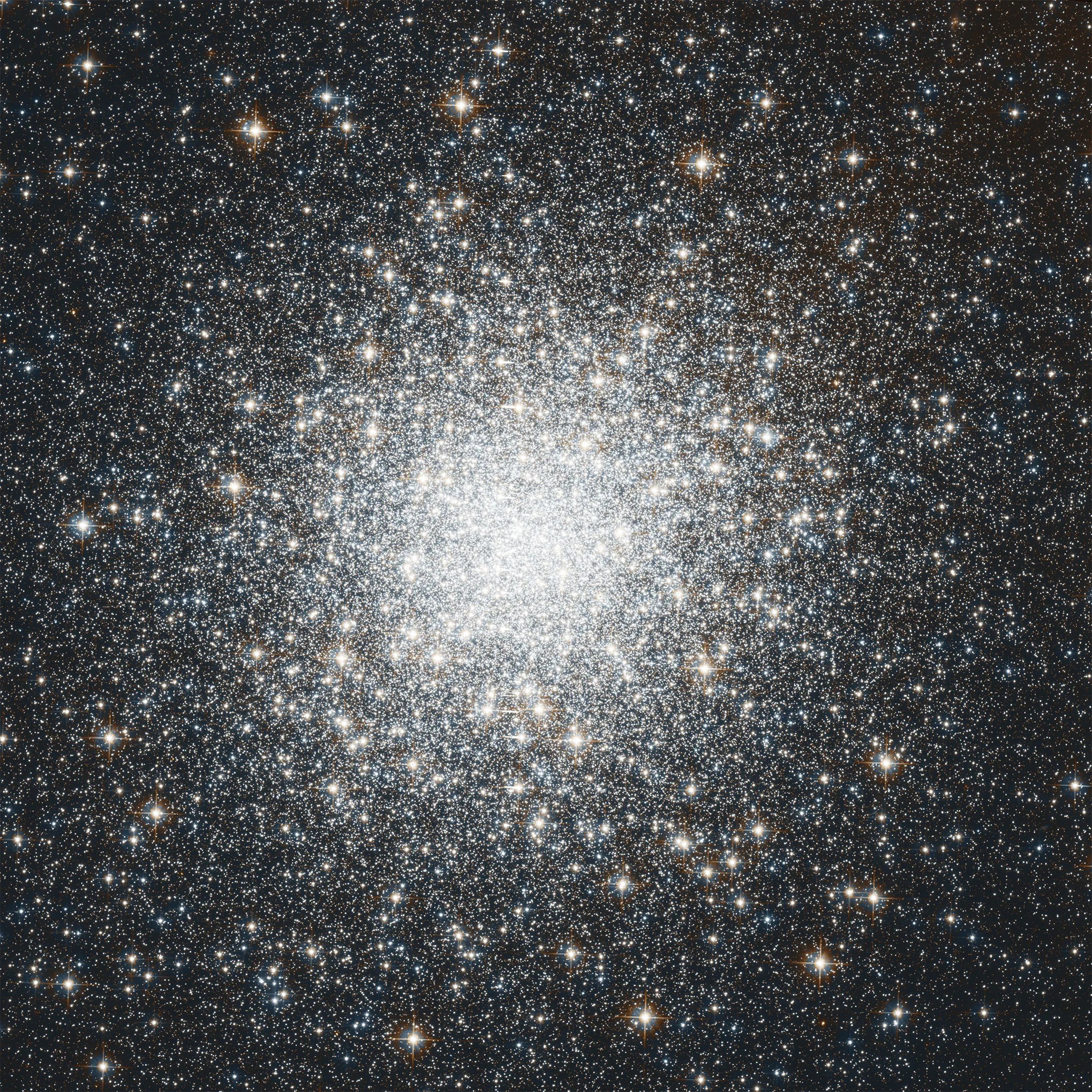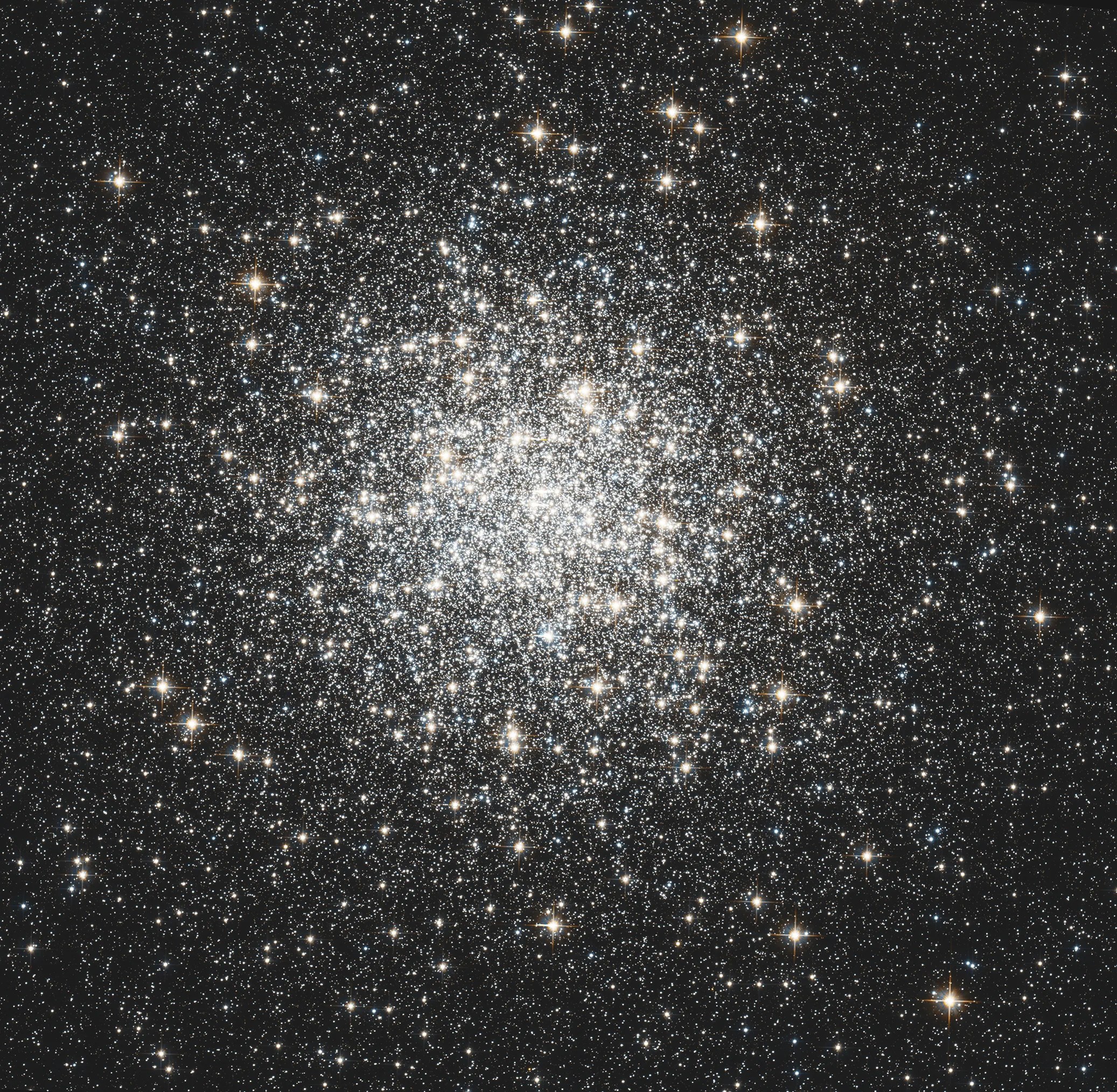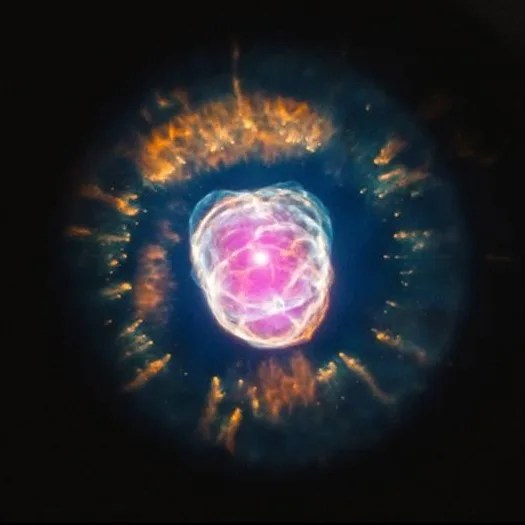Messier 48
This open cluster has a complicated history of discovery.
Distance
2,500 light-years
Apparent Magnitude
5.5
constellation
Hydra
object type
Open Cluster

Messier 48 (M48), also known as NGC 2548, is located near the head of the constellation Hydra, the Sea Serpent, along its border with the constellation Monoceros, the Unicorn. This intermediate-aged open cluster of around 100-200 core stars to as many as 1,000 members has an estimated distance of roughly 2,500 light-years away. The stars of open clusters form from the same cloud of collapsing gas and dust, making them loosely connected by gravity.
The historical record of M48 is a convoluted tangle of errors and rediscoveries. Charles Messier cataloged M48 on February 19, 1771, but he cataloged it in the wrong position. Since astronomers couldn't find the open cluster, it became "lost" to history and was subsequently rediscovered by Johann Elert Bode around 1782 and Caroline Herschel on March 8, 1783. Herschel added it to her catalog of objects as No. 5, and her famous brother, Sir William Herschel, included it in his catalog as H VI.22 on February 1, 1786.

M48 is a relatively easy object to spot with the unaided eye under good, dark-sky conditions. Binoculars or a small telescope will reveal some 50 stars with an apparent magnitude brighter than 13, along with many dimmer stars. The cluster's core extends some 30 arc minutes (roughly the diameter of a full moon), with the entire cluster extending roughly 54 arc minutes across.
The data in this image is from observations that helped astronomers better calibrate Hubble's Wide Field Camera 3 (WFC3). These calibrations allow astronomers to take more accurate measurements of the distances, luminosity, positions, and motions of the objects WFC3 observes.


Explore Hubble's Messier Catalog
The following pages contain some of Hubble’s best images of Messier objects.

Messier 1 (The Crab Nebula)
Better known as the Crab Nebula, Charles Messier originally mistook Messier 1 for Halley’s Comet, which inspired him to create…

Messier 2
Hubble's image of Messier 2 is comprised of visible and infrared wavelengths of light.

Messier 3
Messier 3 holds more than 500,000 stars.




